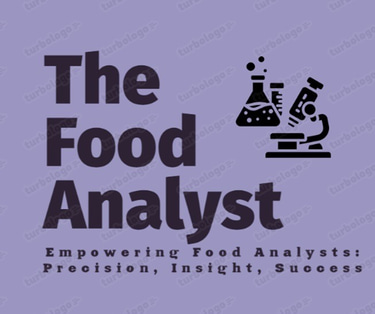"Empowering food analysts and laboratory professionals with expert insights, ISO 17025 resources, regulatory updates, industry testing requirements, training, and career opportunities for excellence in food testing."
EU Updates MRLs for Flupyradifurone, Dichlorprop-P, Cycloxydim, and Phosphonic Acid Under Regulation 2025/581
The EU's Regulation 2025/581 updates MRLs for flupyradifurone, dichlorprop-P, cycloxydim, and phosphonic acid across various crops and animal products, effective from April 2025. These changes align with scientific reviews and Codex standards, supporting food safety and easing trade. Key updates include higher limits for pineapples, cereals, fruits, and leafy greens.
5/1/20251 min read
The European Union has introduced important updates to maximum residue levels (MRLs) for several pesticides under Commission Regulation (EU) 2025/581, published on 27 March 2025. These changes will take effect on 17 April 2025, with one exception (flupyradifurone in pineapples, which applies from 30 April). The revised MRLs reflect updated scientific evaluations and are designed to ease international trade while ensuring food safety.
Flupyradifurone
The MRLs for flupyradifurone have been revised for a broad range of crops, including fruits like apricots, peaches, and mangoes, leafy vegetables such as kale and parsley, and even animal products like pork offals and honey. A key highlight is the significant increase in the MRL for pineapples, raised from 0.01 mg/kg to 0.3 mg/kg. This update aligns EU rules with Codex standards, helping prevent trade barriers.
Dichlorprop-P
MRLs for dichlorprop-P, a herbicide used in cereals, have been doubled from 0.1 to 0.2 mg/kg for barley, oats, rye, and wheat. The change follows EFSA’s positive safety assessment and will help farmers and exporters stay compliant with EU standards while maintaining effective weed control.
Cycloxydim
Cycloxydim, a herbicide used to manage grass weeds, also saw MRL increases for pome fruits (like pears and quinces), peas, maize, and sugar beet roots. These revisions allow for realistic agricultural use levels and were found to be safe by EFSA after reviewing new data.
Phosphonic Acid
The EU has also raised MRLs for phosphonic acid—commonly linked to potassium phosphonates—in crops such as baby salad leaves, chards, watercress, globe artichokes, poppy seeds, and cereals like barley, oats, and rye. The new limits reflect a 2024 update to the residue definition and are designed to support continued safe use of these plant protection products.
Official EU regulation link:
Regulation (EU) 2025/581
© 2025. All rights reserved. All content on this website is the intellectual property of The Food Analyst. Unauthorized use or reproduction is prohibited.
Contact Us
The Food Analyst Team
We are available in multiple locations:
Bangalore | Delhi | Mumbai
Email for editorial: contact@foodanalyst.in
For advertisement: inquiryfoodanalyst@gmail.com
